Definition of Dental Extraction:
Dental extraction, or tooth removal, is a common dental procedure that many people go through at some point in their lives. Whether due to a damaged tooth, overcrowding, or other reasons, sometimes removing a tooth is the best option for your oral health. This guide explains the dental extraction process in simple, easy-to-understand language so you know exactly what to expect.
1. Why Is a Dental Extraction Necessary?
There are several reasons why a dentist might recommend removing a tooth. Here are the most common ones:
- Tooth Decay: If a tooth is severely decayed and cannot be fixed with fillings or crowns, it might need to be extracted to stop further damage.
- Tooth Damage or Trauma: Teeth can be cracked or broken from accidents or injuries. If the damage is too severe to repair, extracting the tooth might be the only option.
- Gum Disease: Advanced gum disease can weaken the tissues supporting your teeth. In some cases, teeth may become loose and need to be removed to prevent infection from spreading.
- Overcrowding: Sometimes, your mouth doesn’t have enough space for all your teeth. Dentists might suggest removing a tooth to make room for orthodontic treatments like braces or to prevent misalignment.
- Wisdom Teeth: Many people need to have their wisdom teeth (the last set of molars) removed because they often cause pain, crowding, or become impacted (trapped under the gums).
2. Pr0cess of a Tooth Extraction:
Before the extraction, your dentist or oral surgeon will take a few steps to ensure that everything goes smoothly. Here’s what you can expect:
- Consultation: Your dentist will first examine your teeth and gums. They may take X-rays to get a clear picture of the tooth and the surrounding bone and tissues.
- Medical History: Be sure to tell your dentist about any medical conditions you have, like diabetes or heart problems, and any medications you’re taking. This helps your dentist plan the extraction safely.
- Anesthesia Options: Most dental extractions are done under local anesthesia, which numbs the area around the tooth. If the procedure is more complex, your dentist might offer sedation to help you relax.
3. The Dental Extraction Procedure:
Here’s what happens during a typical tooth extraction:
- Numbing the Area: Your dentist will first give you a shot of local anesthesia to make sure you don’t feel any pain during the procedure. You’ll be awake, but the area around the tooth will be completely numb.
- Loosening the Tooth: The dentist will use special tools to gently loosen the tooth from the bone and gum tissue. This involves slowly rocking the tooth back and forth.
- Removing the Tooth: Once the tooth is loose, the dentist will carefully remove it using forceps.
- Stitches (if needed): Sometimes, stitches are needed to close the gum after the extraction. These stitches usually dissolve on their own within a week or two.
- Gauze Packing: After the tooth is out, the dentist will place a piece of gauze over the extraction site. You’ll be asked to bite down on it to help stop the bleeding and allow a blood clot to form.
4. Aftercare and Recovery:
Taking care of yourself after the extraction is key to a smooth recovery. Here are some tips on how to manage the healing process:
- Pain Management: It’s normal to feel some discomfort after the anesthesia wears off. Your dentist may recommend over-the-counter pain relief, like ibuprofen or acetaminophen, to ease the pain.
- Swelling and Bruising: Swelling and bruising around the extraction site are common. Applying an ice pack to your cheek for 15-20 minutes at a time can help reduce swelling. The swelling should go down after a few days.
- Eating and Drinking: Stick to soft foods like soup, yogurt, and mashed potatoes for the first few days. Avoid chewing on the side of your mouth where the tooth was extracted and stay away from hot, spicy, or hard foods that might irritate the area.
- Oral Hygiene: It’s important to keep your mouth clean while the extraction site heals, but you should avoid brushing directly over the area for the first few days. Instead, gently rinse your mouth with a saltwater solution (mix a teaspoon of salt in a glass of warm water) to keep the area clean.
- Follow-Up Appointment: Your dentist may schedule a follow-up visit to check how your healing is progressing. If stitches were used, they may be removed during this visit if they haven’t dissolved on their own.
5. Potential Complications:
Most tooth extractions heal without any problems, but complications can happen in some cases. Here are a few issues to watch out for:
- Dry Socket: Dry socket occurs when the blood clot at the extraction site is dislodged or dissolves before the wound heals. This can expose the bone and nerves, causing intense pain. If you think you have a dry socket, contact your dentist right away.
- Infection: Though rare, infections can happen after an extraction. If you experience fever, severe pain, or notice pus or swelling that gets worse instead of better, you should contact your dentist immediately.
- Nerve Damage: In very rare cases, a nerve near the extraction site can be damaged during the procedure, leading to numbness or tingling in the lips, chin, or tongue. This usually goes away on its own, but let your dentist know if it persists.
6.Final Thought:
Dental extraction is a routine procedure that can help relieve pain and prevent more serious dental problems. By understanding the process and following your dentist’s instructions for aftercare, you can make sure your recovery goes as smoothly as possible. If you have any concerns or questions about the procedure, don’t hesitate to reach out to your dentist. Taking care of your oral health is an important step toward a brighter, healthier smile!
FAQs:
Here are some of the most common questions people have about dental extractions:
1. How long does it take to heal after a tooth extraction?
Healing time can vary depending on the complexity of the extraction, but most people feel better after a few days. Complete healing of the gums can take one to two weeks.
2. Will I feel pain during the extraction?
No, you shouldn’t feel any pain during the procedure because the area will be numbed with local anesthesia. You may feel some pressure as the dentist works to loosen the tooth, but it shouldn’t be painful.
3. Can I drive home after the extraction?
If you only received local anesthesia, you should be fine to drive yourself home. However, if you had sedation or general anesthesia, you will need someone to drive you home.
4. What should I avoid after a tooth extraction?
Avoid smoking, drinking through a straw, or doing anything that creates suction in your mouth, as this can dislodge the blood clot and lead to dry socket. Also, steer clear of alcohol and hot, spicy, or hard foods until the area heals.
5. How do I know if something is wrong after the extraction?
If you experience severe pain, excessive bleeding, fever, or swelling that doesn’t improve, contact your dentist right away. These could be signs of an infection or other complications.
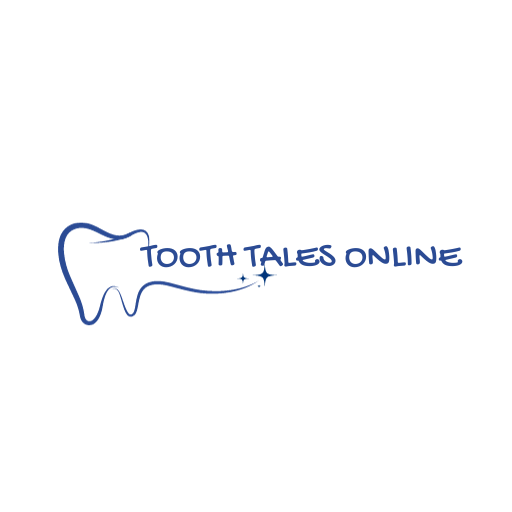
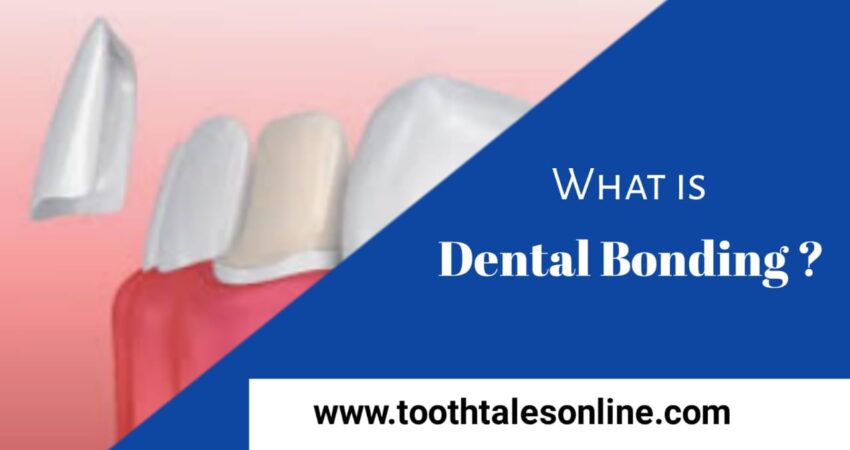

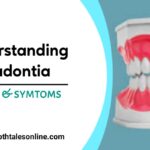
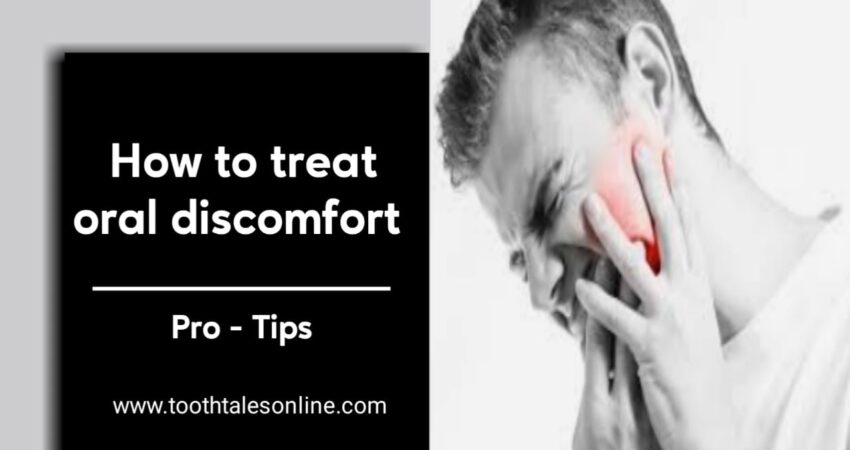


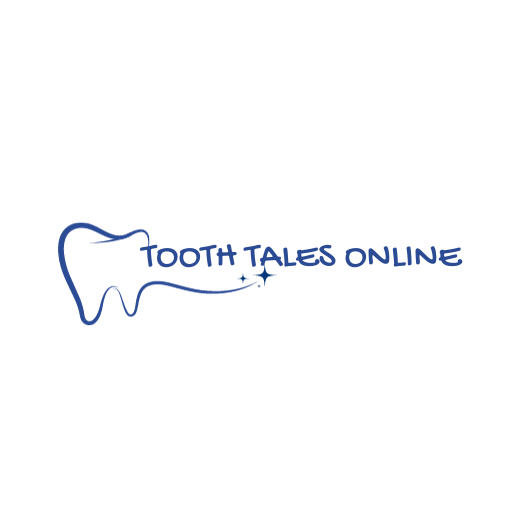
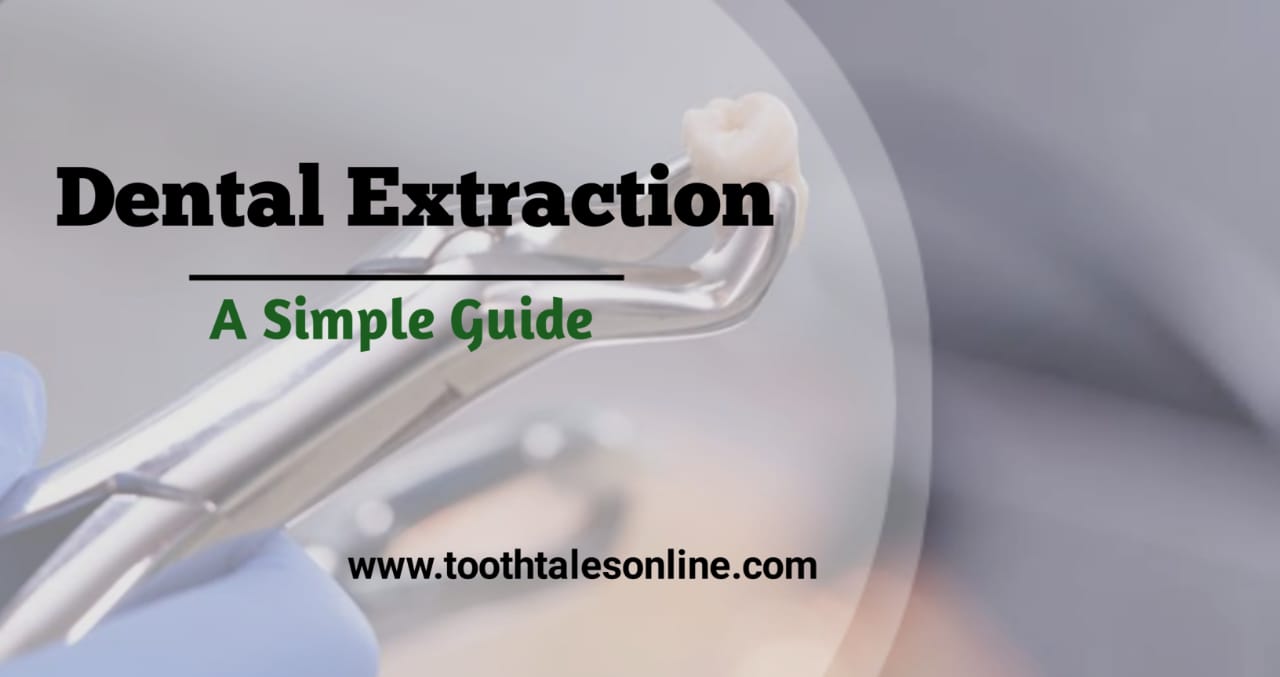
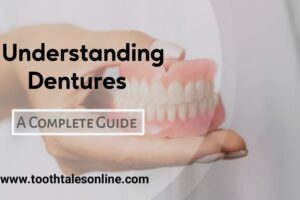
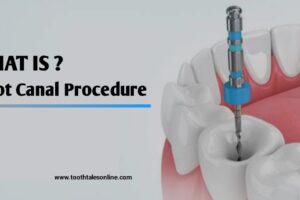
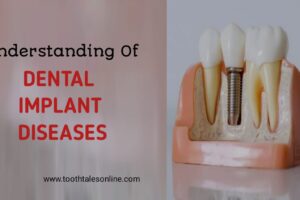










Add Comment